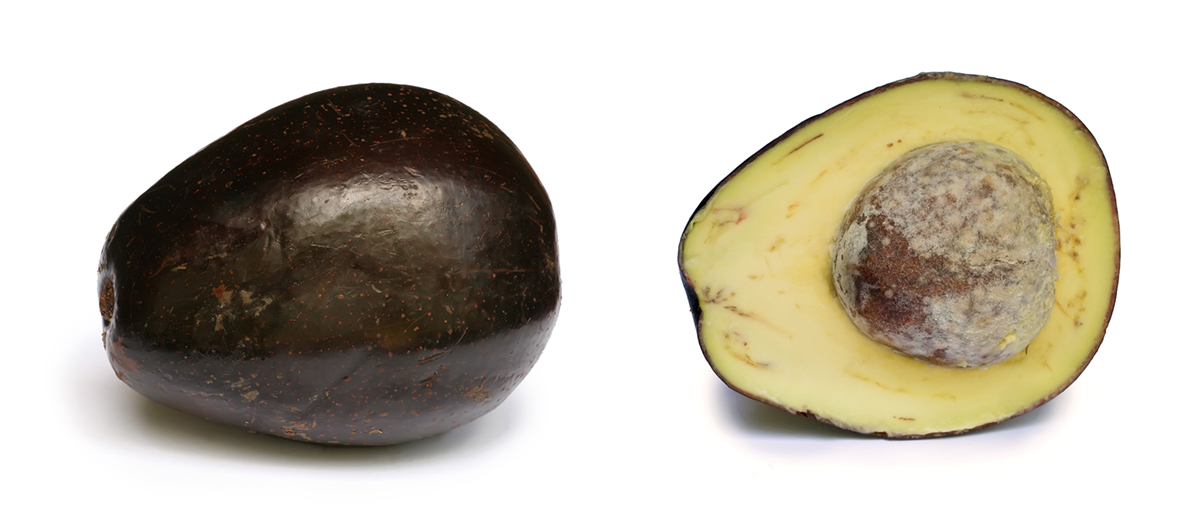
When undergoing dialysis treatment, it is necessary to make certain dietary adjustments. It will be required to consume foods that are high in protein, while at the same time avoiding foods that are high in salt, potassium and phosphorous,. One should also know how to correctly monitor fluid intake.
Try to avoid salty foods as much as possible. Salt can raise blood pressure and cause weight gain. Instead, try using herbs, spices and flavor enhancers as substitutes - don’t use salt substitutes that contain too much potassium.
Protein
While undergoing dialysis, you will need to consume a lot of protein, as this will help your overall health. Try to eat foods such as fish, poultry, fresh pork, meat or eggs - all these foods are good sources of protein. Look to eat about eight or ten ounces of high protein food each day. One ounce is about equal to one egg, one slice of lunchmeat, a quarter cup of tuna or ricotta cheese. Foods like peanut butter, seeds, nuts, beans, peas and lentils do contain a lot of protein, but they also contain high levels of potassium and phosphorous, so they should be avoided if possible.
Fruit and Vegetables
Certain fruits and juices should be avoided. This includes juice from oranges, kiwis, bananas, melons, nectarines, prunes and raisins. However, you can take about half a cup or four ounces of juice from apples, berries, cherries, grapes, peach, pear, pineapple, plums, tangerine or watermelon.
As for vegetables, most contain potassium, but you can safely eat about one and a half cup of the following vegetables each day: broccoli, cabbage, carrots, cauliflower, celery, cucumber, garlic, green beans, lettuce, onion, peppers, watercress, zucchini and yellow squash. Make sure you reduce your intake of potatoes, tomatoes, pumpkin, asparagus, beets, spinach and parsnips.Grains and Dairy
A good way to fulfill your calorie requirements might be to try eating cereals, grain and bread. About six to eleven servings from this food group will suffice. One serving is roughly equal to one slice of bread, half an English muffin, half a bagel, half a burger or hot dog bun, half a cup of cooked pasta, white rice or cream of wheat. Additionally, four unsalted crackers, ten vanilla wafers, one and a half cups of unsalted popcorn, a six-inch tortilla and one cup of cold cereal are all considered to be equal to one serving from this food group.
If you are eating regularly from this food group, try to stay away from high fiber foods such as brown rice or bran cereal, as these foods can raise your phosphorous intake. Further to this, intake of certain dairy products should be limited in order to reduce phosphorous levels. This includes milk and yogurt - try to use less than half a cup of each every day. Some types of dairy are low in phosphorous, including cream cheese, ricotta cheese, brie cheese and sherbet. However, these foods are also high in fat so, if you are at risk of heart disease, you should avoid consummation of these items.



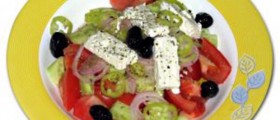
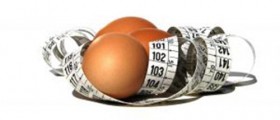
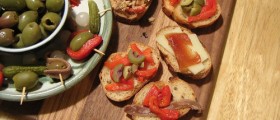
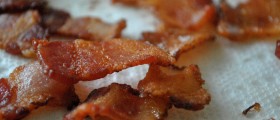
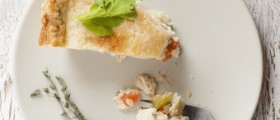
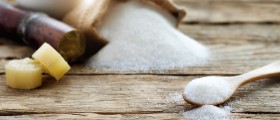
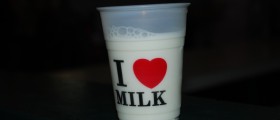
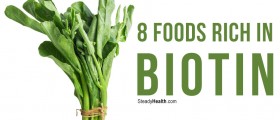
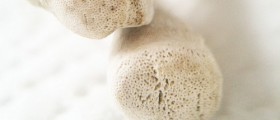
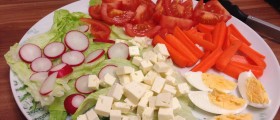
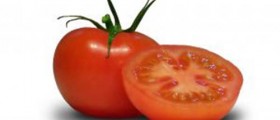
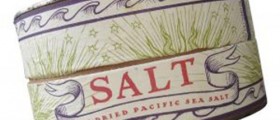
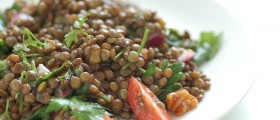

Your thoughts on this
Loading...